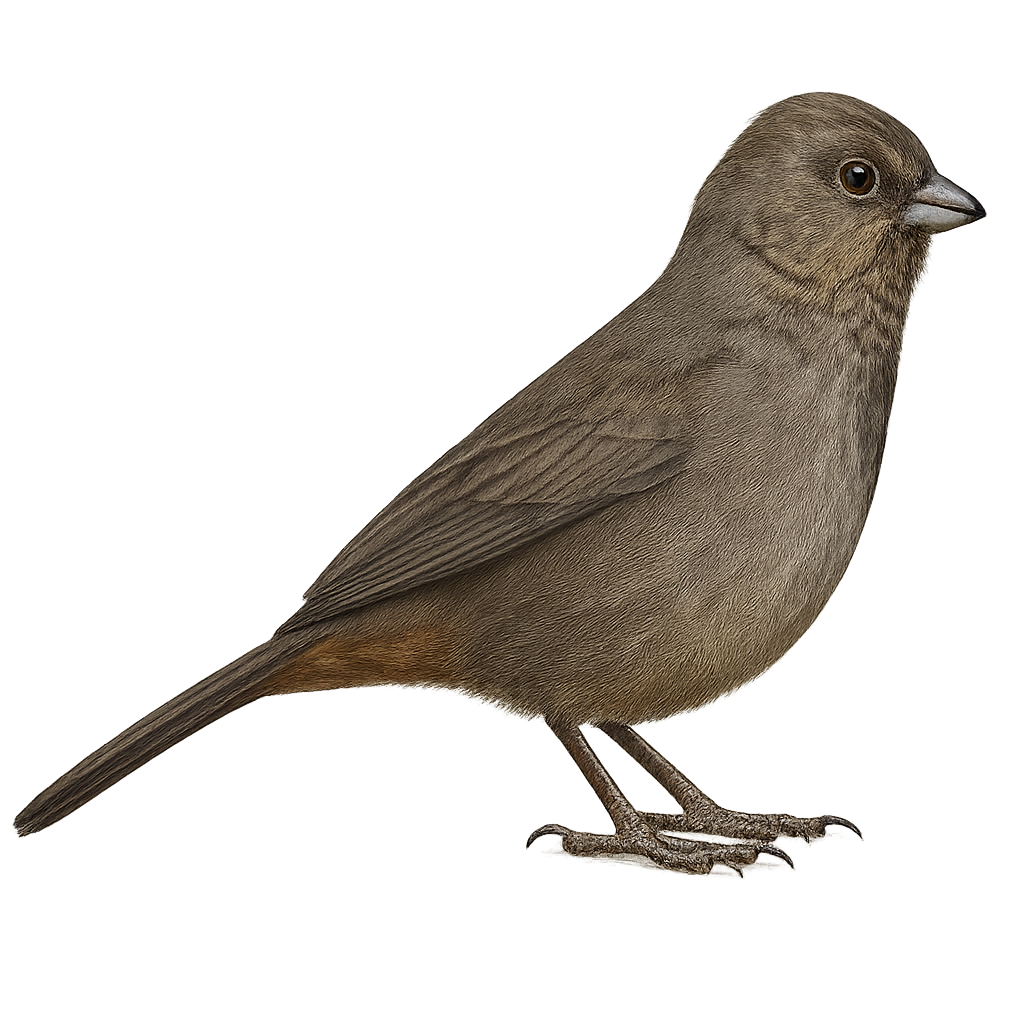Your wildlife photography guide.
Explore the canyon towhee in detail, study its behavior, prepare your shots.
Where to observe and photograph the canyon towhee in the wild
Learn where and when to spot the canyon towhee in the wild, how to identify the species based on distinctive features, and what natural environments it inhabits. The WildlifePhotographer app offers tailored photography tips that reflect the canyon towhee’s behavior, helping you capture better wildlife images. Explore the full species profile for key information including description, habitat, active periods, and approach techniques.
Canyon Towhee
Scientific name: Melozone fusca

IUCN Status: Least Concern
Family: PASSERELLIDAE
Group: Birds
Sensitivity to human approach: Suspicious
Minimum approach distance: 10 m
Courtship display: April to July
Incubation: 12-14 jours
Hatchings: April to July
Habitat:
Shrublands, dense underbrush, arid regions
Activity period :
Primarily active during the day, with peak activity in the morning and late afternoon.
Identification and description:
The Canyon Towhee, or Melozone fusca, is a medium-sized bird known for its distinctive brown cap and gray-brown plumage. It is primarily found in the arid and semi-arid regions of the southwestern United States and Mexico. This bird prefers shrubby habitats and dense underbrush areas where it can forage for seeds, insects, and small invertebrates. Although often discreet, it can be identified by its melodious song and distinctive calls. The Canyon Towhee is a sedentary bird, meaning it does not migrate over long distances. It is usually observed alone or in pairs, especially during the breeding season.
Recommended lens:
400mm – adjust based on distance, desired framing (portrait or habitat), and approach conditions.
Photography tips:
To photograph the Canyon Towhee, it is advisable to use a telephoto lens of 400mm or more to capture detailed images without disturbing the bird. Look for it in shrublands or dense underbrush, where it is often active. Be patient and discreet, as this bird can be suspicious. Take advantage of the early morning or late afternoon hours to benefit from soft natural light.
The WildlifePhotographer App is coming soon!
Be the first to explore the best nature spots, track rutting seasons, log your observations, and observe more wildlife.
Already 1 439 wildlife lovers subscribed worldwide

